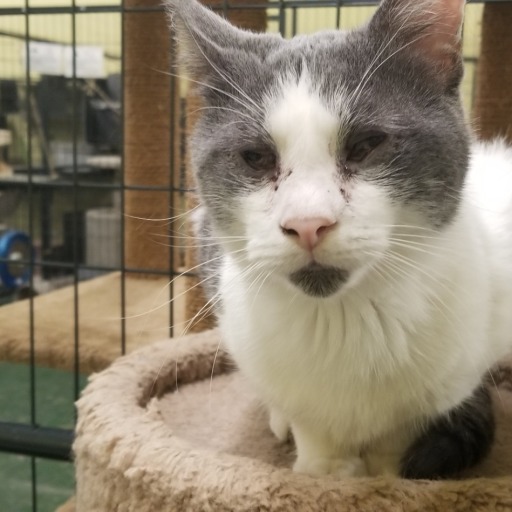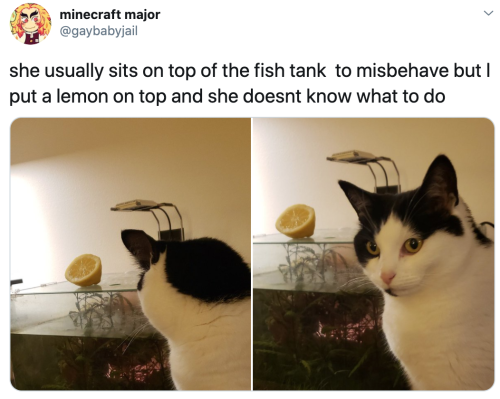platycryptus:gray blister beetles (Epicauta sp., probably E. cinerea or E. funebris)in their adult form, these beetles gather in groups to feed on vegetation (in this case, nightshade and poplar leaves). Their larvae feed on grasshopper eggs, but most
![]()
platycryptus:gray blister beetles (Epicauta sp., probably E. cinerea or E. funebris)in their adult form, these beetles gather in groups to feed on vegetation (in this case, nightshade and poplar leaves). Their larvae feed on grasshopper eggs, but most

platycryptus:gray blister beetles (Epicauta sp., probably E. cinerea or E. funebris)in their adult form, these beetles gather in groups to feed on vegetation (in this case, nightshade and poplar leaves). Their larvae feed on grasshopper eggs, but most

platycryptus:gray blister beetles (Epicauta sp., probably E. cinerea or E. funebris)in their adult form, these beetles gather in groups to feed on vegetation (in this case, nightshade and poplar leaves). Their larvae feed on grasshopper eggs, but most

platycryptus:gray blister beetles (Epicauta sp., probably E. cinerea or E. funebris)in their adult form, these beetles gather in groups to feed on vegetation (in this case, nightshade and poplar leaves). Their larvae feed on grasshopper eggs, but most

platycryptus:gray blister beetles (Epicauta sp., probably E. cinerea or E. funebris)in their adult form, these beetles gather in groups to feed on vegetation (in this case, nightshade and poplar leaves). Their larvae feed on grasshopper eggs, but most

platycryptus:gray blister beetles (Epicauta sp., probably E. cinerea or E. funebris)in their adult form, these beetles gather in groups to feed on vegetation (in this case, nightshade and poplar leaves). Their larvae feed on grasshopper eggs, but most

platycryptus:gray blister beetles (Epicauta sp., probably E. cinerea or E. funebris)in their adult form, these beetles gather in groups to feed on vegetation (in this case, nightshade and poplar leaves). Their larvae feed on grasshopper eggs, but most

platycryptus:gray blister beetles (Epicauta sp., probably E. cinerea or E. funebris)in their adult form, these beetles gather in groups to feed on vegetation (in this case, nightshade and poplar leaves). Their larvae feed on grasshopper eggs, but most

platycryptus:gray blister beetles (Epicauta sp., probably E. cinerea or E. funebris)in their adult form, these beetles gather in groups to feed on vegetation (in this case, nightshade and poplar leaves). Their larvae feed on grasshopper eggs, but most

platycryptus:gray blister beetles (Epicauta sp., probably E. cinerea or E. funebris)in their adult form, these beetles gather in groups to feed on vegetation (in this case, nightshade and poplar leaves). Their larvae feed on grasshopper eggs, but most

platycryptus:gray blister beetles (Epicauta sp., probably E. cinerea or E. funebris)in their adult form, these beetles gather in groups to feed on vegetation (in this case, nightshade and poplar leaves). Their larvae feed on grasshopper eggs, but most

platycryptus:gray blister beetles (Epicauta sp., probably E. cinerea or E. funebris)in their adult form, these beetles gather in groups to feed on vegetation (in this case, nightshade and poplar leaves). Their larvae feed on grasshopper eggs, but most

platycryptus:gray blister beetles (Epicauta sp., probably E. cinerea or E. funebris)in their adult form, these beetles gather in groups to feed on vegetation (in this case, nightshade and poplar leaves). Their larvae feed on grasshopper eggs, but most

platycryptus:gray blister beetles (Epicauta sp., probably E. cinerea or E. funebris)in their adult form, these beetles gather in groups to feed on vegetation (in this case, nightshade and poplar leaves). Their larvae feed on grasshopper eggs, but most

platycryptus:gray blister beetles (Epicauta sp., probably E. cinerea or E. funebris)in their adult form, these beetles gather in groups to feed on vegetation (in this case, nightshade and poplar leaves). Their larvae feed on grasshopper eggs, but most

platycryptus:gray blister beetles (Epicauta sp., probably E. cinerea or E. funebris)in their adult form, these beetles gather in groups to feed on vegetation (in this case, nightshade and poplar leaves). Their larvae feed on grasshopper eggs, but most

platycryptus:gray blister beetles (Epicauta sp., probably E. cinerea or E. funebris)in their adult form, these beetles gather in groups to feed on vegetation (in this case, nightshade and poplar leaves). Their larvae feed on grasshopper eggs, but most

platycryptus:gray blister beetles (Epicauta sp., probably E. cinerea or E. funebris)in their adult form, these beetles gather in groups to feed on vegetation (in this case, nightshade and poplar leaves). Their larvae feed on grasshopper eggs, but most

platycryptus:gray blister beetles (Epicauta sp., probably E. cinerea or E. funebris)in their adult form, these beetles gather in groups to feed on vegetation (in this case, nightshade and poplar leaves). Their larvae feed on grasshopper eggs, but most

platycryptus:gray blister beetles (Epicauta sp., probably E. cinerea or E. funebris)in their adult form, these beetles gather in groups to feed on vegetation (in this case, nightshade and poplar leaves). Their larvae feed on grasshopper eggs, but most






